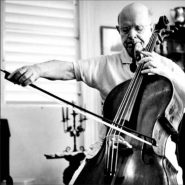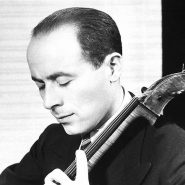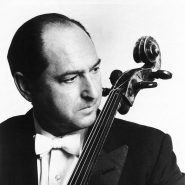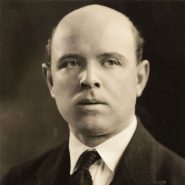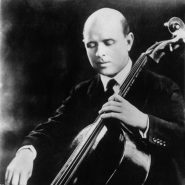Tag: Casals
By Tim Janof August 5, 2019
Subjects Interviews
By Brinton Smith May 18, 2018
By Selma Gokcen February 25, 2013
Subjects Playing Healthy
Tags Alexander Technique, arms, beauty, bend and extend, body at ease, bow strokes, Casals, cello, cello playing muscles, cellobello, challenges, collapse, contraction, dynamics, energy, fingers, flexible, function, Gokcen, Habits, importance of quietness, increased resistance, inner pitch, misguided effort and unease, nasal sound, neck, partnership, perspective, powerful accents, powerful arms, pressured sound, principle of opposition, process, pull and push, repeated sensory stimulation, Selma, sensitive gesture, sensory awareness, simple gesture, Six Part Series, teaching table, thinking in new ways, unwanted sound, volume, wrist
By Selma Gokcen April 23, 2012
Subjects Playing Healthy
Tags Alexander Technique, anxiety, body, Casals, cello, cellobello, expression, Gokcen, movement, music, musicians, power, quietness, Selma, Spine
By Selma Gokcen October 22, 2011
Subjects Playing Healthy
